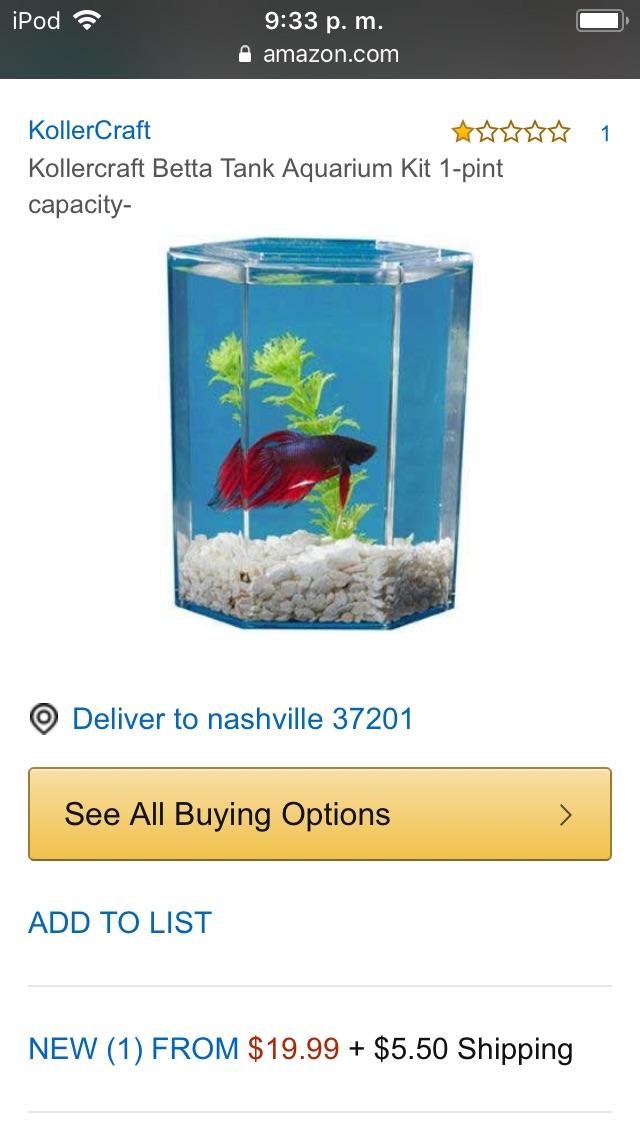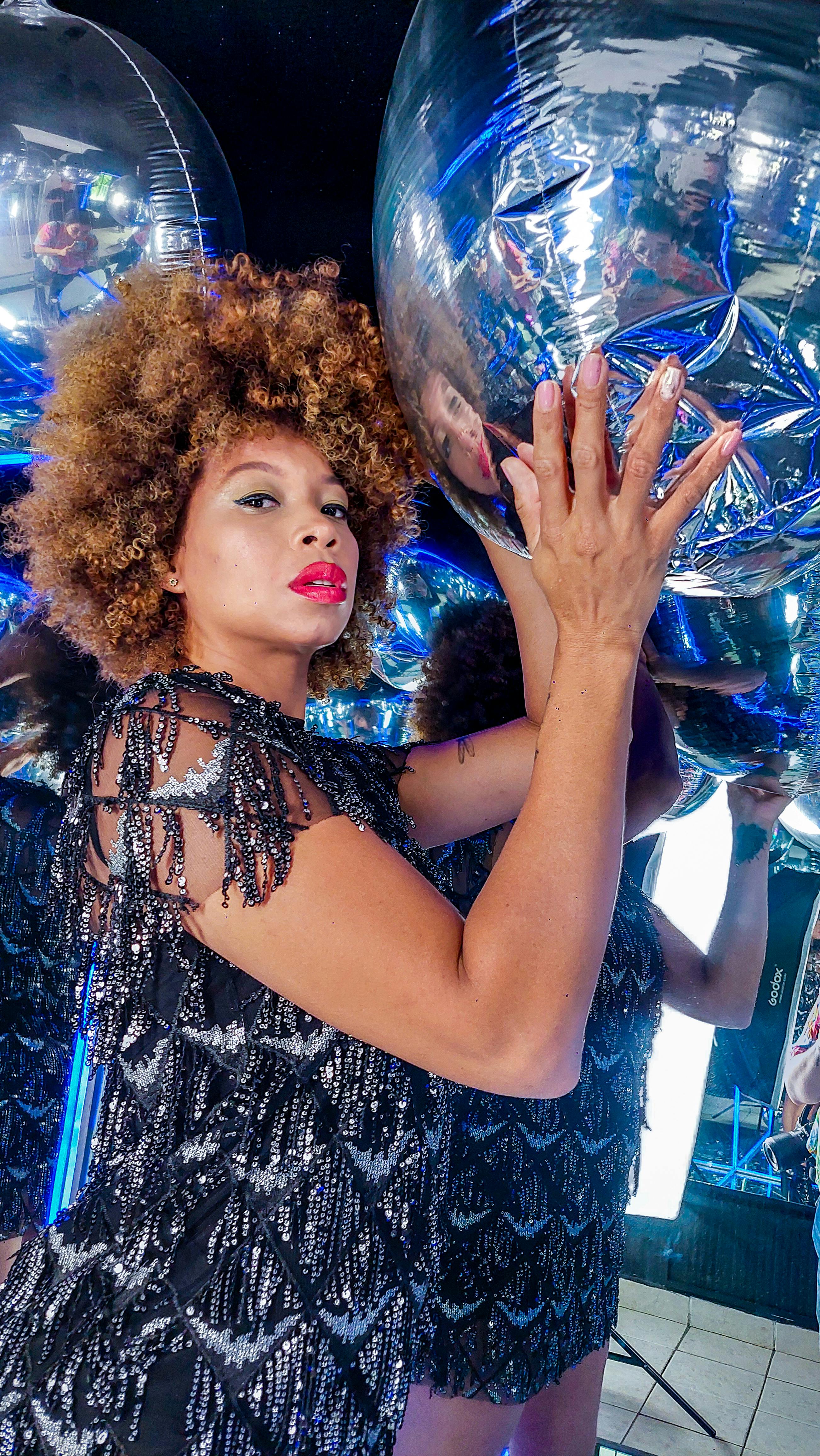Essential Guide to Pea Puffer Tank Setup for 2025
The pea puffer, or Carinotetraodon travancoricus, is an increasingly popular choice among aquarists due to its small size, unique behaviors, and adorable appearance. However, successfully raising pea puffers requires a thoughtful approach to their tank setup, including specific water parameters, tank mates, and habitat considerations. Understanding these factors enhances the health and well-being of your puffers, allowing them to thrive in a home aquarium.
In this comprehensive guide to pea puffer tank setup for 2025, we will explore the essential aspects of pea puffer care, including their preferred environment, diet, compatibility with other fish, and maintaining optimal tank conditions. By following the outlined strategies and tips, you can create a flourishing aquatic habitat for these fascinating creatures.
Key takeaways from this guide include:
- Understanding the ideal tank setup for pea puffers
- Insights into pea puffer behaviors and social interactions
- Tips for maintaining an optimal environment for pea puffers
- Knowledge of tank mates suited for your puffers
- Feeding guidelines tailored to pea puffers’ dietary needs
Creating the Ideal Pea Puffer Tank Setup
Tank Size and Requirements
When setting up your pea puffer tank, choosing the right size is crucial. While pea puffers are small, they require space to swim and explore. A minimum of 10 gallons is recommended for a single pea puffer, but larger setups are beneficial if you wish to keep more than one. The tank should be well-filtered to ensure optimal water quality, as pea puffers are sensitive to poor conditions.
Water Parameters for Happy Puffers
Before introducing your pea puffers to their new home, it’s essential to establish the right water parameters. Pea puffers thrive in soft, slightly acidic water with a pH between 6.5 and 7.5, and a temperature range of 72°F to 82°F. Regular water changes of 20-30% every week will help maintain water quality.
Essential Tank Equipment
Investing in appropriate tank equipment is vital for maintaining your pea puffer’s habitat. This includes a reliable filtration system to manage water quality, an aquarium heater to maintain temperature, and gentle lighting conditions to simulate a natural environment. Additionally, using aquascaping elements like rocks, caves, and live plants can provide shelter and enrichment.
Understanding Pea Puffer Behavior and Temperament
Social Structure and Groups
Pea puffers exhibit intriguing social behaviors. They can be territorial, particularly during breeding seasons. Observing their interactions with tank mates is crucial to ensuring a peaceful environment. Ideally, you should keep them in groups or with compatible species that do not provoke aggression.
Feeding Habits and Diet Diversity
Providing a varied diet is essential for the health of your pea puffers. They thrive on a diet of high-quality pellets, live foods, and frozen options like brine shrimp or bloodworms. A balanced feeding schedule should consist of small portions offered one to two times a day, encouraging natural hunting behavior.
Common Health Concerns
Maintaining a high-quality environment is essential for preventing health issues in pea puffers. Common ailments include skin diseases, parasites, and behavioral changes brought on by stress. Regularly monitor your fish for signs of illness, such as lethargy or loss of appetite, and seek advice from an aquatic veterinarian if needed.
Pea Puffer Tank Mates and Compatibility
Choosing Suitable Tank Mates
When selecting tank mates, consider that pea puffers can exhibit aggression toward small, fast-moving fish. Ideal companions include larger, peaceful species such as certain types of catfish or shrimp, which can coexist without becoming targets for territorial disputes. Conduct thorough research on any species you consider to avoid compatibility issues.
Building a Community Tank Environment
Creating a harmonious community tank involves understanding the dynamics of each species present. Adding plants and decorations provides hiding spots and reduces stress levels, facilitating a more balanced social structure. This helps pea puffers adapt to the community setup while maintaining their unique behavior patterns.
Tank Size Considerations for Multiple Puffers
If keeping multiple pea puffers, be aware that they require more space. A larger tank promotes a more peaceful coexistence and minimizes territorial aggression. A setup of at least 20-30 gallons is ideal for housing multiple puffers and their potential companions, allowing for individual swimming spaces and reduced stress levels.

Daily Care and Maintenance for Pea Puffers
Establishing a Routine
Daily care for pea puffers revolves around monitoring water quality and behavior. Test the water parameters regularly to ensure they remain within the ideal ranges mentioned. Feeding should be consistent, adapting portion sizes as puffers grow. Observing their interaction can reveal any signs of stress or health problems.
Tank Maintenance Practices
Tank maintenance is critical for keeping pea puffers healthy. Beyond regular water changes, cleaning the substrate and removing uneaten food helps prevent decay that could harm water quality. Maintaining your filtration system is also essential, ensuring it’s functioning properly to filter out waste effectively.
Tips for Ensuring Optimal Pea Puffer Health
To ensure the longevity and happiness of your pea puffers, pay attention to their behavior changes. Stress, illness, or aggression can signify suboptimal conditions. Regularly update your knowledge on their needs and care practices by consulting resources or joining dedicated communities of aquarists.
Breeding Pea Puffers: Tips and Guidelines
Creating a Breeding Environment
Breeding pea puffers requires specific environmental conditions. Provide ample hiding places using plants and decorations to encourage spawning behavior. Ensure water conditions align with the recommended parameters, as this can significantly impact breeding success.
Breeding Behavior and Care for Fry
Once breeding occurs, monitor the environment closely. Pea puffer eggs are adhesive and will typically attach to surfaces within the tank. After hatching, fry require special care, including infusoria and small-size feedings tailored to their growth stages to ensure healthy development.
Long-Term Breeding Strategies
Maintaining a breeding program requires patience and diligence. Keep records of breeding events, and monitor the fry's growth carefully to prevent overcrowding. Implementing a systematic approach helps you understand successful breeding patterns and encourages best practices for future generations.

Conclusion: Enjoying Your Pea Puffer Aquarium
Creating and maintaining a thriving pea puffer aquarium can be a rewarding endeavor. By understanding their care requirements, behavior, and compatibility, you'll ensure a healthy environment for these lovely fish to thrive. Investing time and effort into your tank setup will pay off with vibrant, lively puffers that bring joy and fascination to your aquatic space.
For further insights on bringing your pea puffers the best care possible, visit more expert tips on pea puffer care. Embrace the challenge and enjoy your journey into this captivating world of freshwater aquarism.
